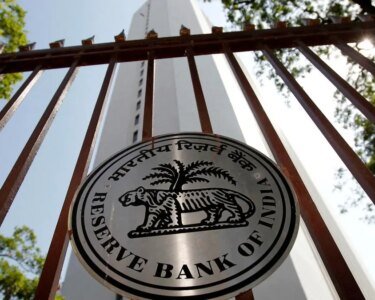Capital One Financial’s
While analysts were generally caught off guard by the news of Capital One’s $35 billion offer, Discover’s global card acceptance network has long been considered a sleeping giant that would make an ideal partner for a fintech or a bank.
The Discover network reaches 70 million merchants, and the company’s Pulse debit network has agreements with about 4,000 banks, which would give Capital One the opportunity to shift tens of millions of its credit and debit transactions now carried by Mastercard and Visa to its own, proprietary network.
In addition to cutting costs by combining operations in key areas — Capital One foresees opportunities to save nearly $3 billion in costs from $1.5 billion in “expense synergies” and another $1.2 billion in network efficiencies — the combined entity would also gain vast capabilities to leverage data to customize and improve products for consumers and merchants.
The deal is subject to regulatory approval and it’s already raised concern among watchdog groups like the National Community Reinvestment Coalition for its potential to combine two of the largest credit card issuers’ portfolios. But Capital One’s plan to flow a significant portion of its 100 million credit card users’ transactions to the Discover network — which is much smaller than the three other U.S. card networks — could also give Discover the heft needed to compete more effectively with Visa and Mastercard, which together dominate the card industry.
Here are five compelling reasons behind the merger.




